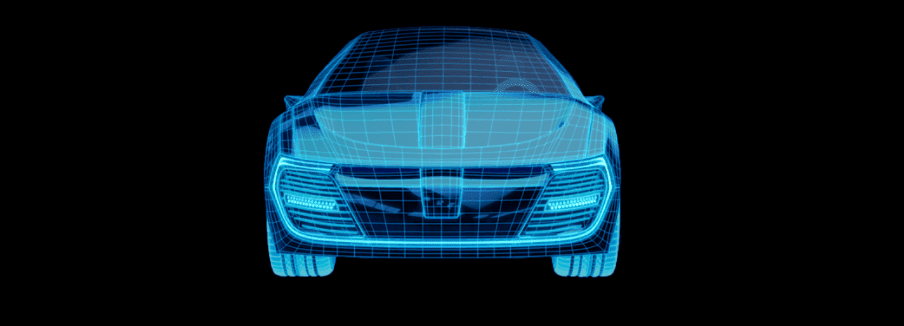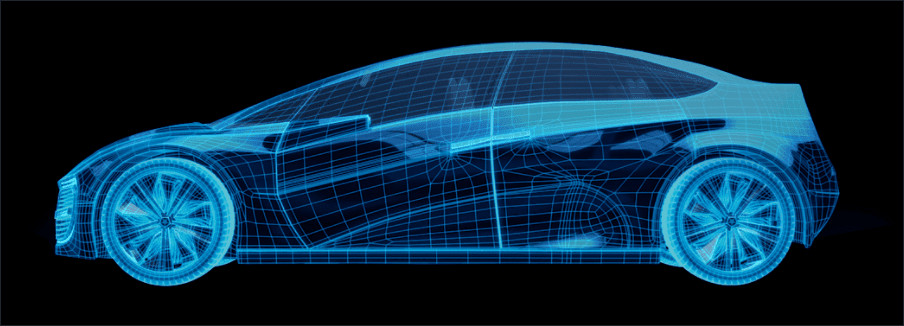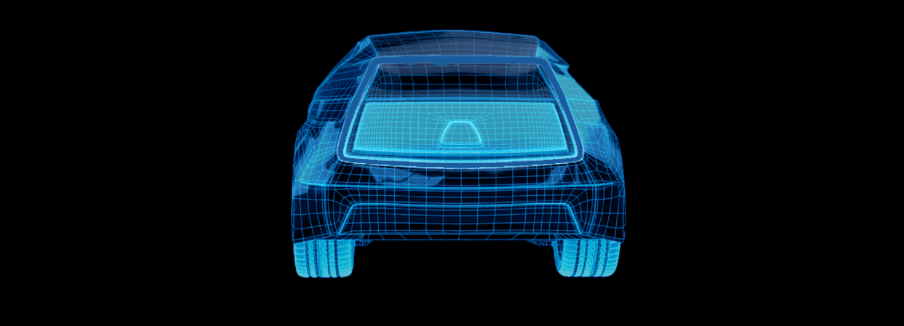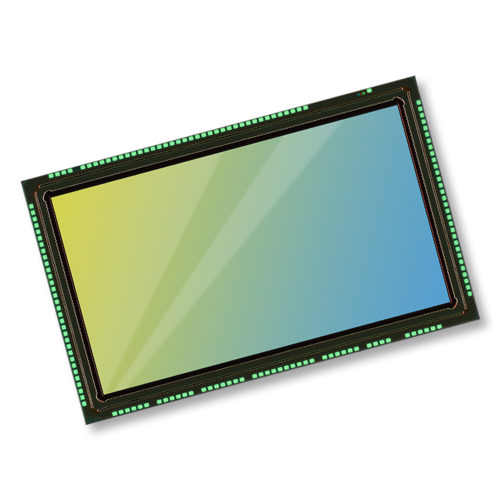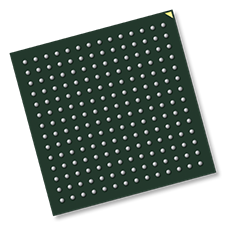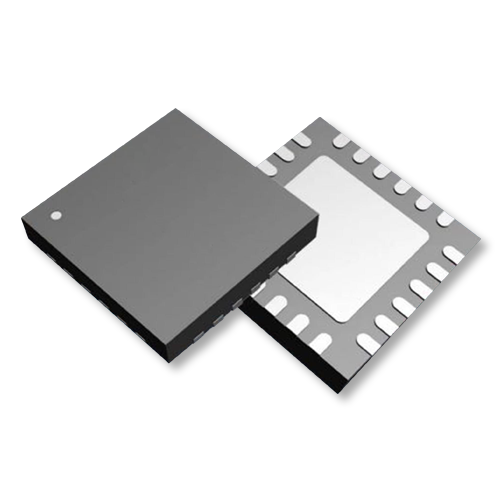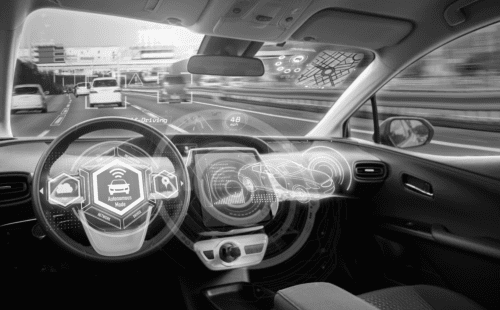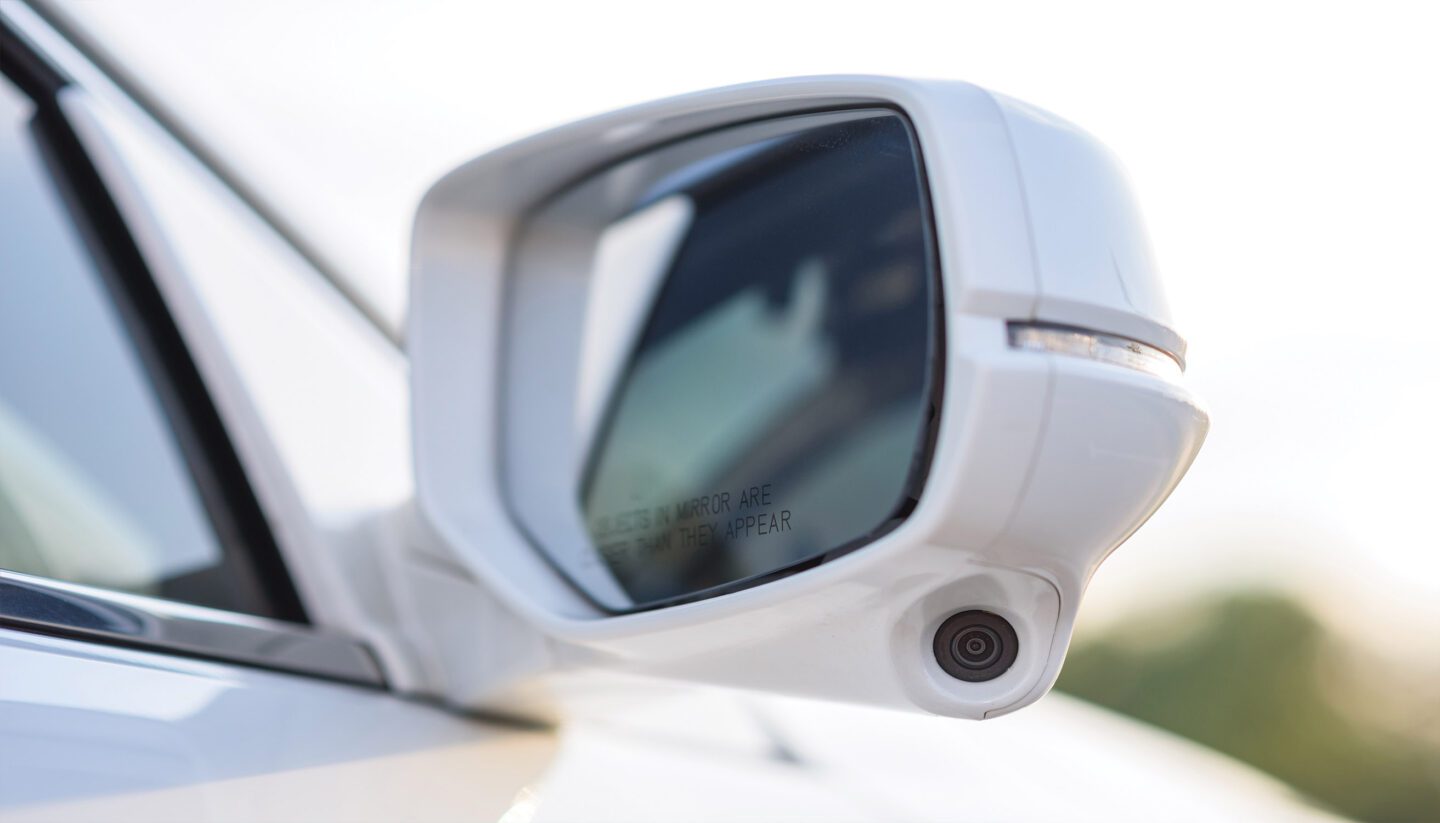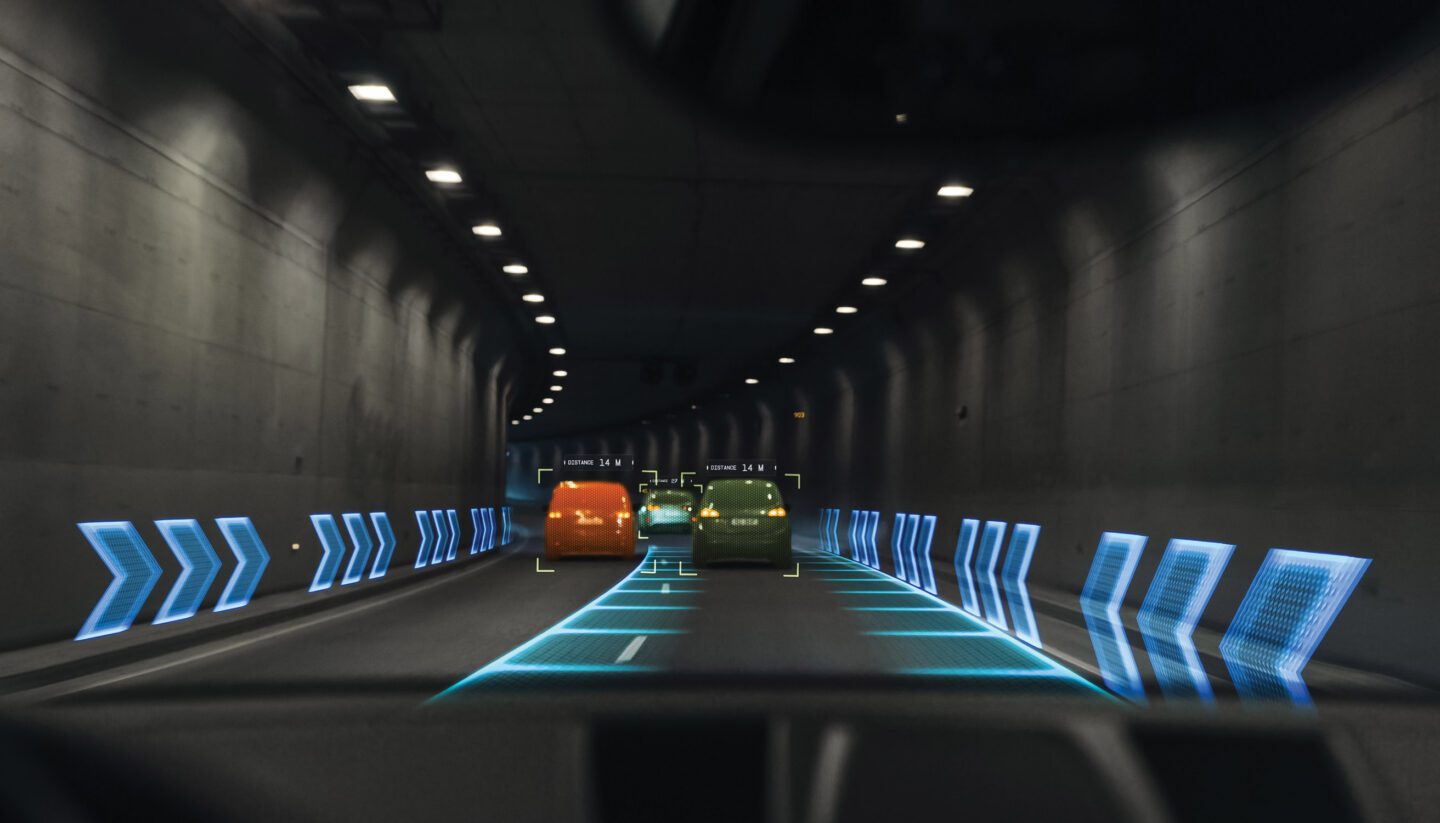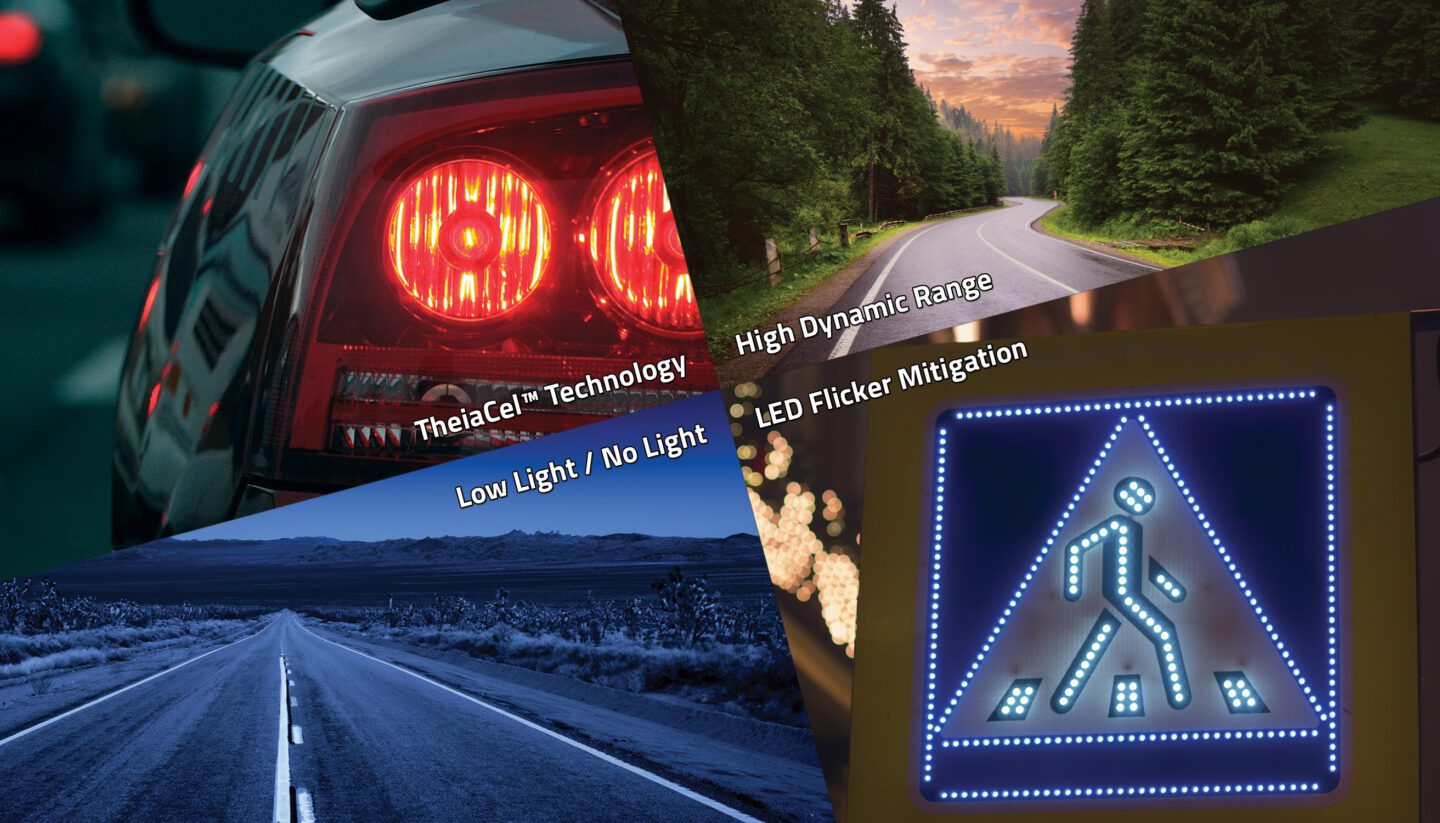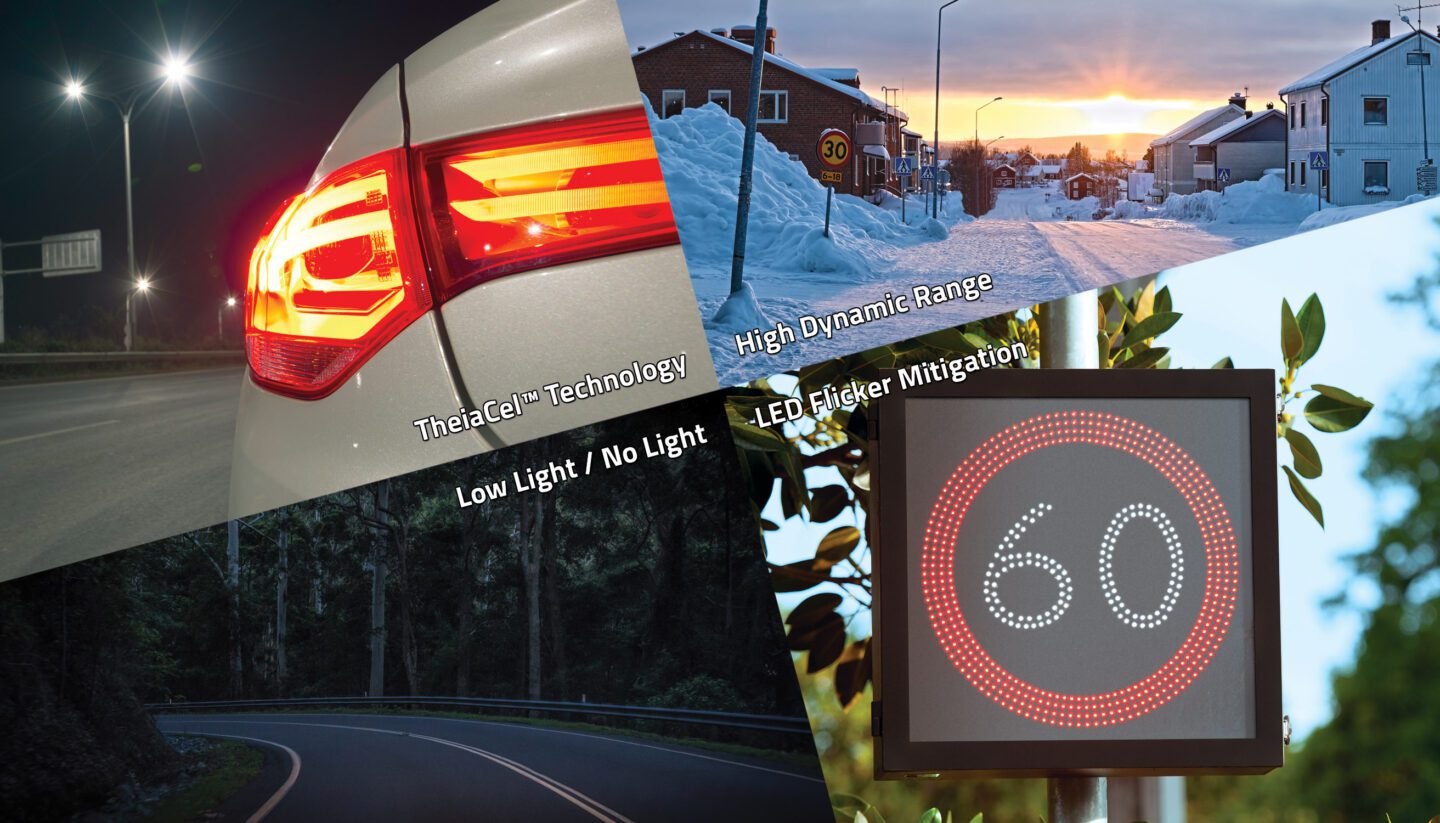- Applications
- Automotive Imaging
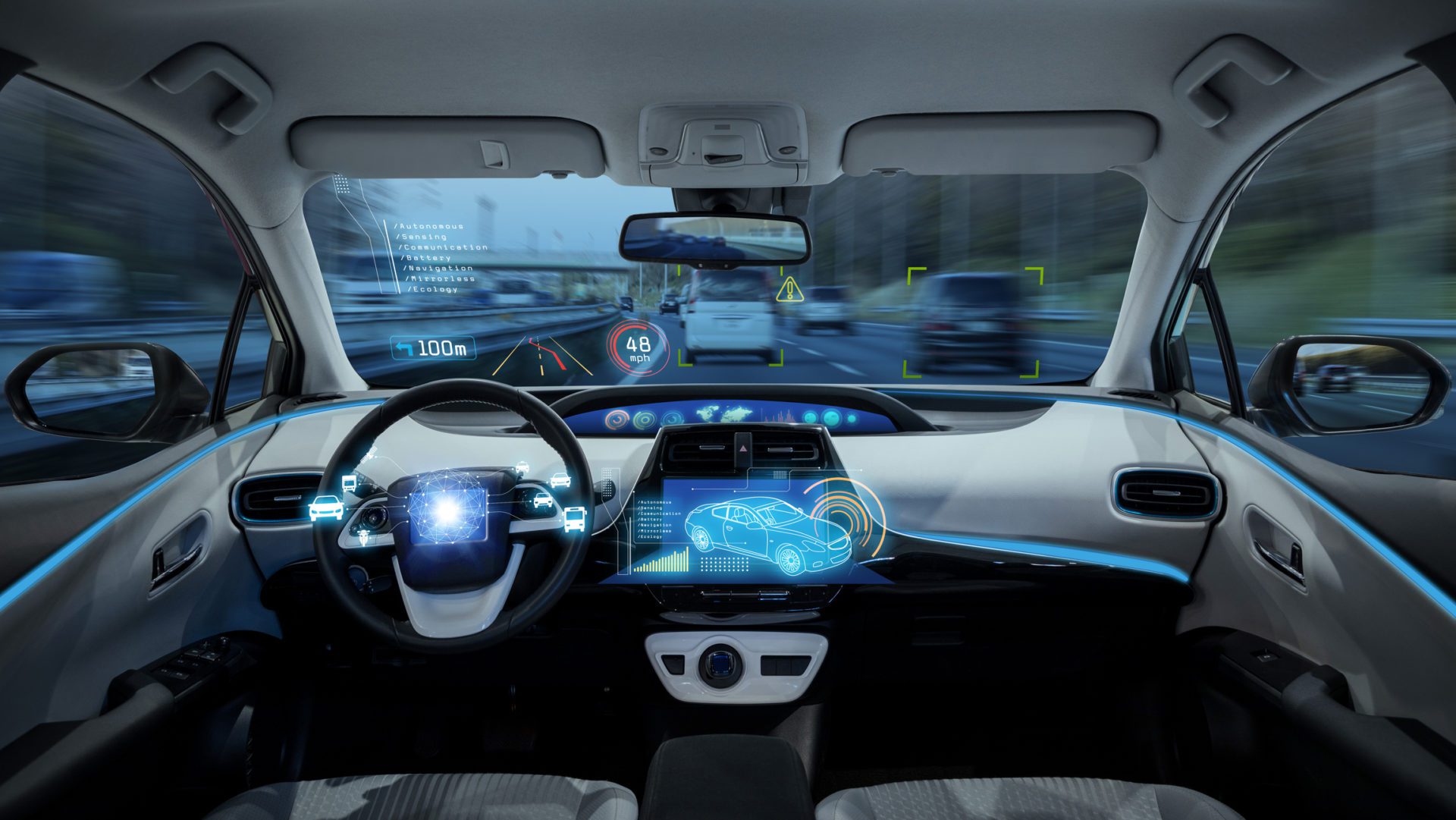
Automotive Imaging
OMNIVISION’s Robust, Compact and Cost Effective Automotive Sensing Solutions Including; CMOS Image Sensors and ASICs Which Are Designed from the Start with Automotive Market Needs in Mind to Deliver Industry-Leading Quality
Automotive Solutions
These days cars are so much more than just transportation, they’ve also become our entertainment and information hubs. That, coupled with the invariable increase of driver distractions via devices, vehicles must also evolve in their ability to keep us safe. The number of automotive image sensors currently being sold is in a state of exponential growth and has shown no signs of slowing. Higher attach rates are being directly driven by both ever-expanding technological applications and legal mandates around the globe.
Beyond the sensing and viewing applications of traditional rear view cameras, the demand for all-around interior and exterior monitoring and viewing capabilities have become an unequivocal necessity. Through the development and implementation of Advanced Driver Assistance Systems (ADAS) and Driver Monitoring Systems (DMS) cars have become and will continue to advance in safety and reliability, not only to alert drivers to potential incidents, but to intervene as well.
Product Solutions
OMNIVISION places its customers at the leading edge of imaging technology with its commitment to innovative, forward-thinking solutions.
- Sensing
- Power Management
Automotive Use Cases
World-class innovation that evolves with the ever-advancing automotive market. OMNIVISION’s sensing and viewing application solutions are a proven industry mainstay.
-
Sensing Applications01
-
Viewing Applications02
-
Sensing Applications
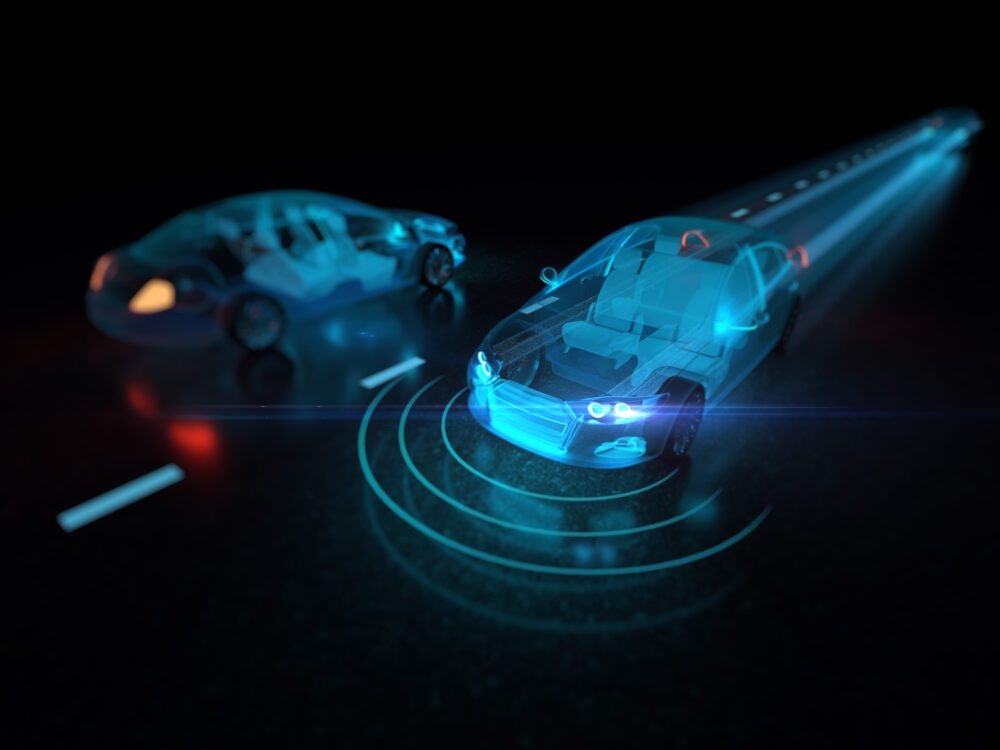 Forward-Facing ADAS, E-Mirror, Autonomous Driving and In-Cabin Monitoring Systems Featuring Nyxel® Technology
Forward-Facing ADAS, E-Mirror, Autonomous Driving and In-Cabin Monitoring Systems Featuring Nyxel® Technology -
Viewing Applications
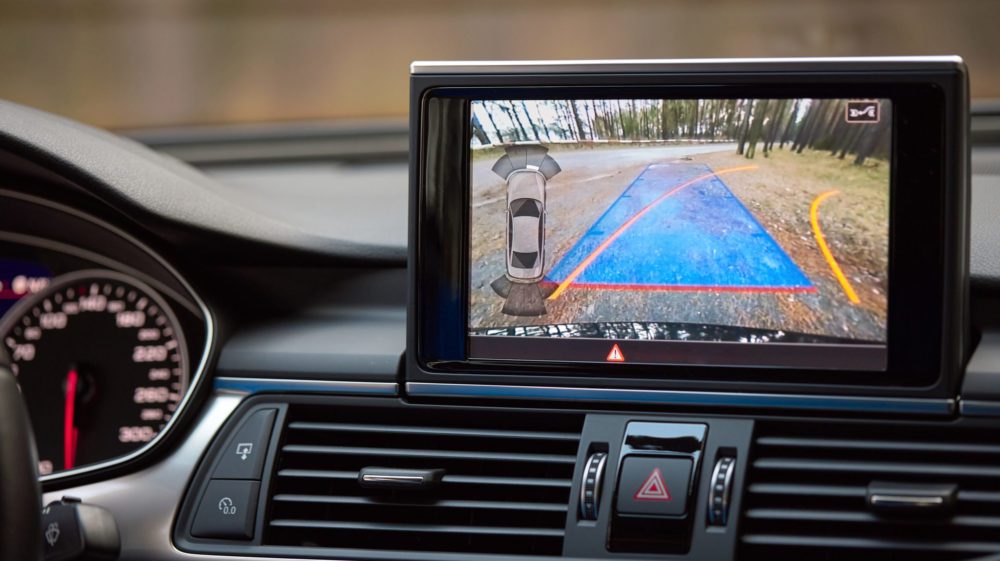 E-Mirrors, Rear View and Surround View Cameras Featuring Dual Conversion Gain (DCG™) Technology
E-Mirrors, Rear View and Surround View Cameras Featuring Dual Conversion Gain (DCG™) Technology
Committed to Functional Safety
Having fail-safe systems in place is crucial for any and all automotive products. OMNIVISION ensures this by integrating safety-minded development into every phase of its design and production process from beginning to end, by meeting ISO 26262 compliance. OMNIVISION’s investment into innovating and developing new safety mechanisms for the future is what keeps them an industry leader in providing groundbreaking sensor technology and ensuring thorough system well-being.
Commitment to Quality
By meeting the full AEC‑Q100 required qualifications, all of OMNIVISION’s automotive products have been put through the most rigorous testing procedures, to safeguard that they execute the highest-quality performance and dependability standards.
Technologies
OMNIVISION’s advanced image-system solutions targeting automotive applications.
Learn More
Stay up to date with all of OMNIVISION’s award winning automotive solutions, announcements and updates.
